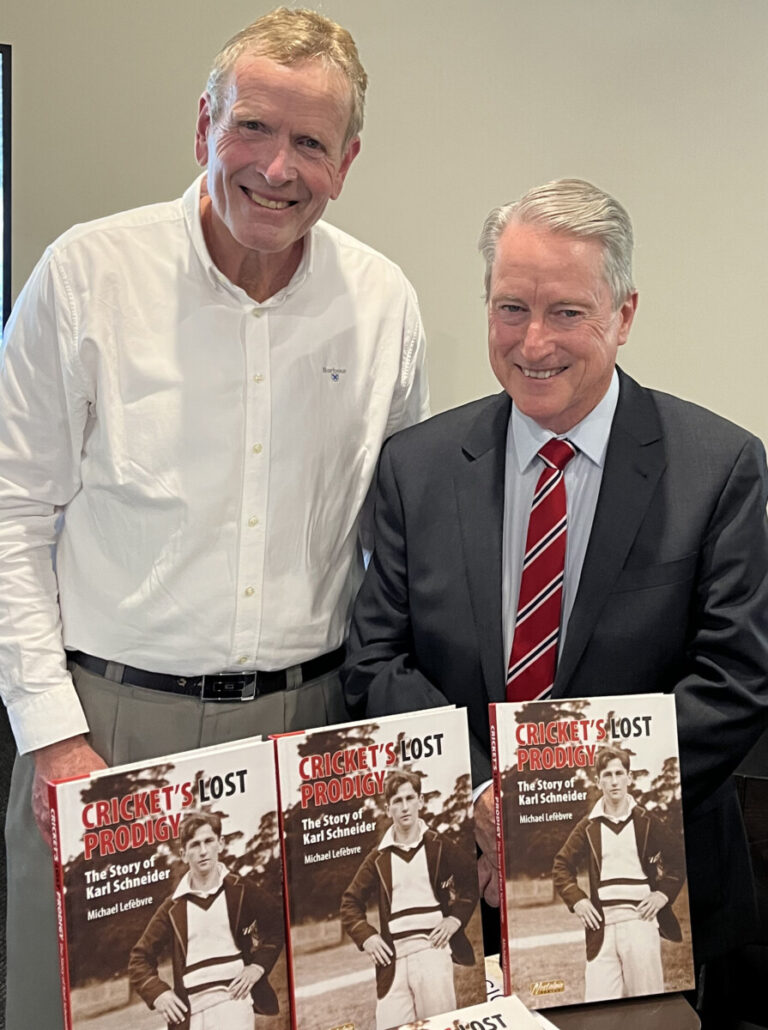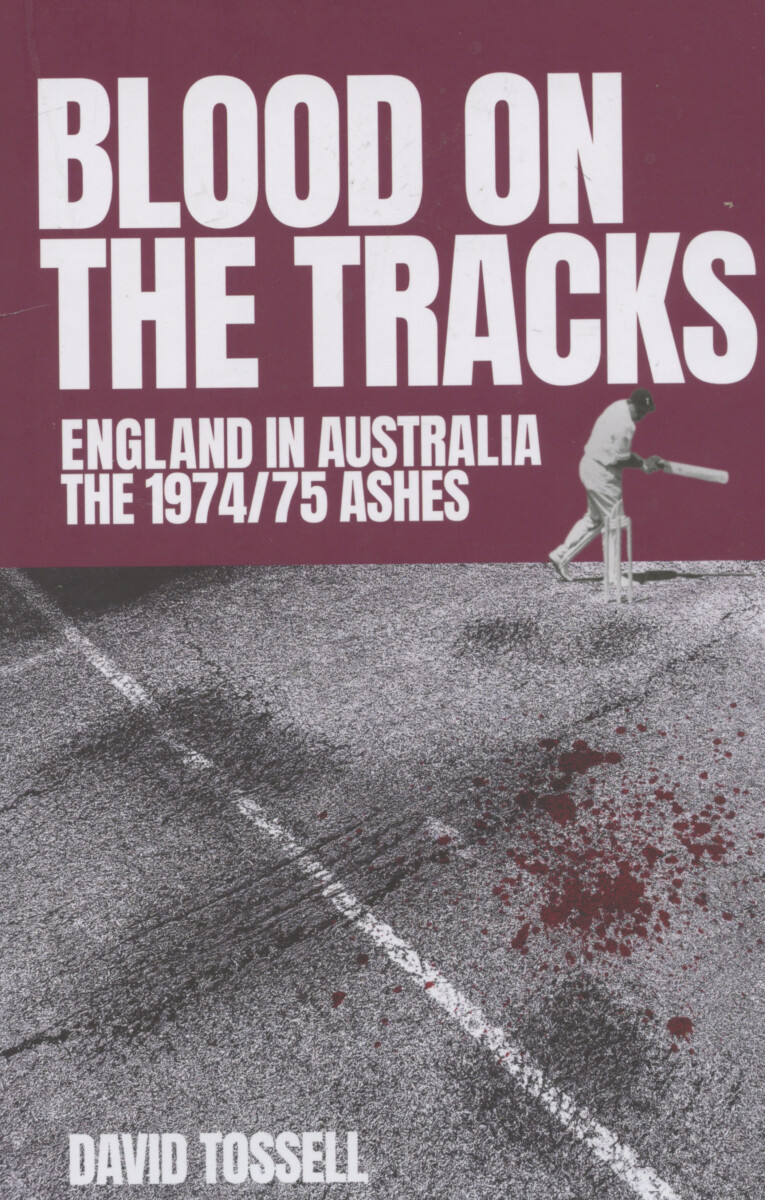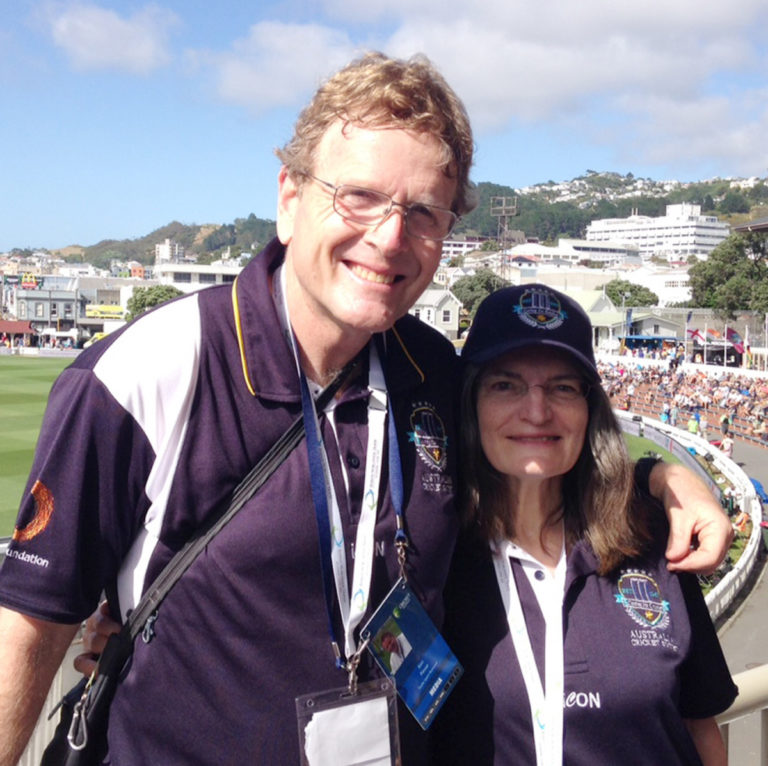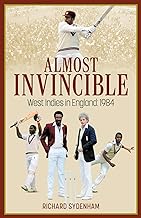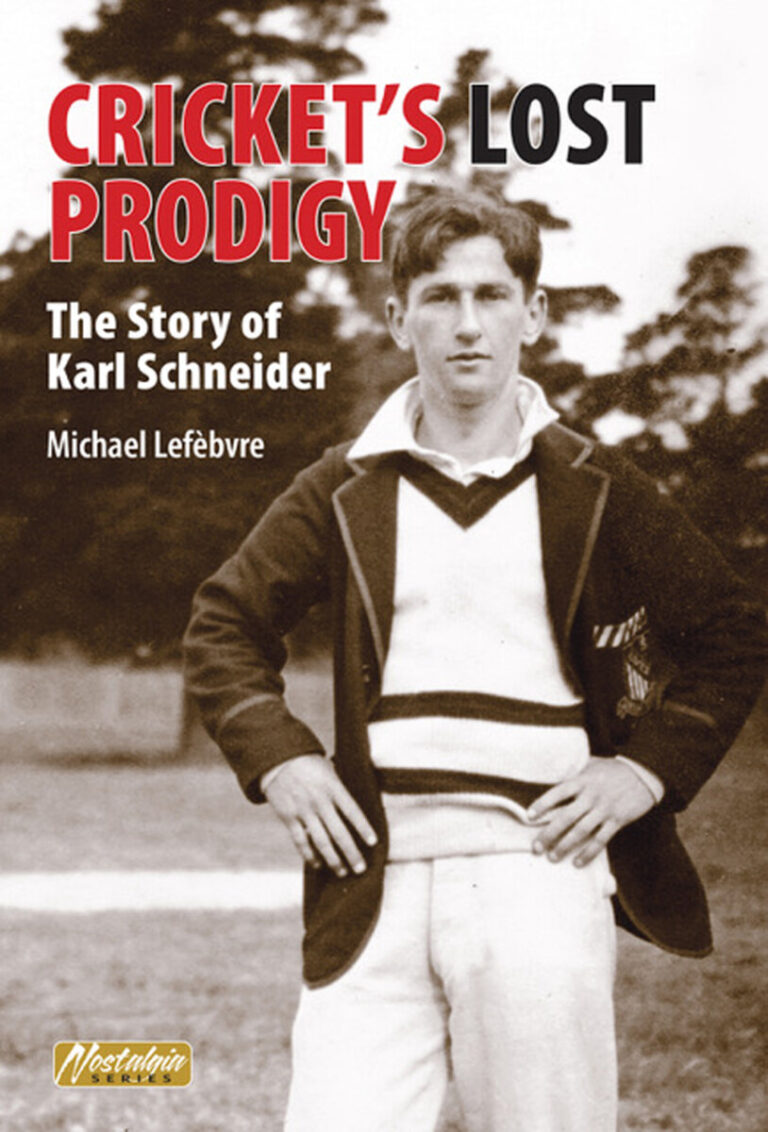
News
Welcome to Chappelliland
Priorities for Ian Chappell came in a firm order: 1. Australia, 2. South Australia; 3. Glenelg.
After the final Test of 1975, Chappell fulfilled a promise to his wife and voluntarily stepped down from the Australian captaincy before ‘the bastards’ — as he termed the administrators — could get him.
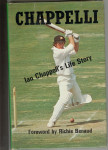 It ended a stormy, deliciously successful period for Australian cricket in which the Ashes were regained and retained and the two-man blitzkrieg of Lillee and Thomson became national heroes.
It ended a stormy, deliciously successful period for Australian cricket in which the Ashes were regained and retained and the two-man blitzkrieg of Lillee and Thomson became national heroes.
Chappell had lost just five of his 30 Tests as captain. Not once did he forfeit a series.
According to the very expert Ray Robinson, who chronicled all of Australia’s captains in a best-selling book On Top Down Under, Chappell placed more pressure on opposing batsmen than any other Australian captain he’d seen.
Unfortunately for Chappell, the support system for the players then was non-existent. He had tired of his battles with officialdom, from Don Bradman on. Given the efforts and year-round commitment of the players, they were being paid peanuts. It was time for a younger man (his brother Greg) to assume responsibilities.
But at 32, Chappell still had goals, ambitions and considerable energy and was to channel that into an unlikely against-the-odds Sheffield Shield victory in 1975-76 which Chappell treasured just as much as many of his Australian laurels.
Ever since Garry Sobers stopped coming to Adelaide, South Australia, more often than not, had been easybeats, even with the presence of the country’s two leading spin bowlers in Ashley Mallett and Terry Jenner.
While a Chappell-charged Australia was beating the world, South Australia won just one match in back-to-back domestic summers.
Welcome to ‘Chappelliland’ and the story of how South Australia lifted its status from down-and-outers to the best domestic team in the country, all in a magical six month period masterminded by the most inspirational captains of all.
It was a comeback of Boy’s Own proportions, especially without the contributions of his brother Greg, who had moved to Queensland.
Michael Sexton tells the story of the compelling eight-match summer in which Chappell’s team of relative unknowns, spiced by one or two internationals, consistently challenged and beat the elite XIs of the east coast.
Before the Shield start Chappell eyed his squad of hopefuls and speaking aloud said ‘there are some wise old heads here… they will assist you the younger ones to get through some tough times.’
The key, he said, was for everyone ‘here in the room today’ to make a contribution… ‘not necessarily five wickets or centuries, but a regular contribution from everyone… and… if that happens, I believe we can win the Sheffield Shield.’
Sexton tells the story of SA’s rise match by match, controversy by controversy, in a riveting read which deserved a hardback status.
The team’s only loss was to come late in the season in Adelaide in a low scoring three-dayer in which no one made 60 and the great Dennis Lillee took 12 wickets. For once Chappell missed out in both innings, a rare blimp in a season of triumph which netted him 840 Shield runs at an average approaching 80.
Chappell’s Last Stand revives a long-forgotten domestic season and reminds us of the qualities of one of Australia’s most-acclaimed leaders.

